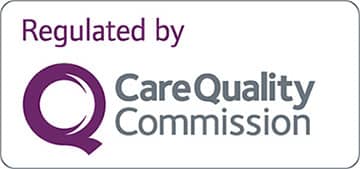Relax – this isn’t going to be a detailed explanation of how the Care Quality Commission conducts inspections or formulates a rating for a particular care provider. This is intended to be an overview that will help you put ratings into context. The best advice if you want to know about a particular care provider is often to go and look for yourself.
Inspections seek to answer five key questions:
- Is the service safe?
- Is it effective?
- Is it caring?
- Is it responsive to service user needs?
- Is it well-led?
Each of these questions is rated according to a four-point scale: Outstanding, Good, Requires Improvement, Inadequate. There is no category for ‘satisfactory.’
The ratings for each of these questions are then aggregated to form an overall rating. Each question has an equal weighting. So, for example, a provider rated Good in four categories and Requires Improvement in one will normally have an overall rating of Good.
However, there are a few complications. For example, no provider can be rated better than Requires Improvement if there has been a breach of the regulations. It may also be worth bearing in mind that inspection findings are based to a large extent on the presentation of evidence, rather than direct observation of the care service users receive.
What Does ‘Good’ Mean?
The overall rating will normally be Good if there are no key question ratings of Inadequate and no more than one key question rating of Requires Improvement. There are actually many combinations that could result in an overall rating of Good, so it might help to look at the rating and judgement for each question individually. If the ratings for safe, effective and caring are all good this may cover your main concerns.
An overall rating of Requires Improvement may also need interpretation. There may well be three aspects of the service that are rated good and two that require improvement. The service could be safe, effective and caring but was unable to show inspectors sufficient evidence that it should be rated Good for being well led or responsive.
Likewise, if two or more of the key questions are rated as inadequate, then the overall rating will normally be Inadequate, even if some aspects of the service are good.
At the other end of the scale, an overall rating of Outstanding doesn’t mean that a provider is outstanding in all areas. It can be outstanding in two areas and good in three. So, a provider rated outstanding for being caring may have a lower overall rating than one that is rated as good for the same question (we did say it wasn’t straightforward). Choosing a care home or home care provider is a big decision. There are many factors to consider and the CQC rating is useful guidance. But it often helps to dig a bit deeper to see the real story behind the rating.
You can find more about our Care Homes and Care at Home service ratings here.









